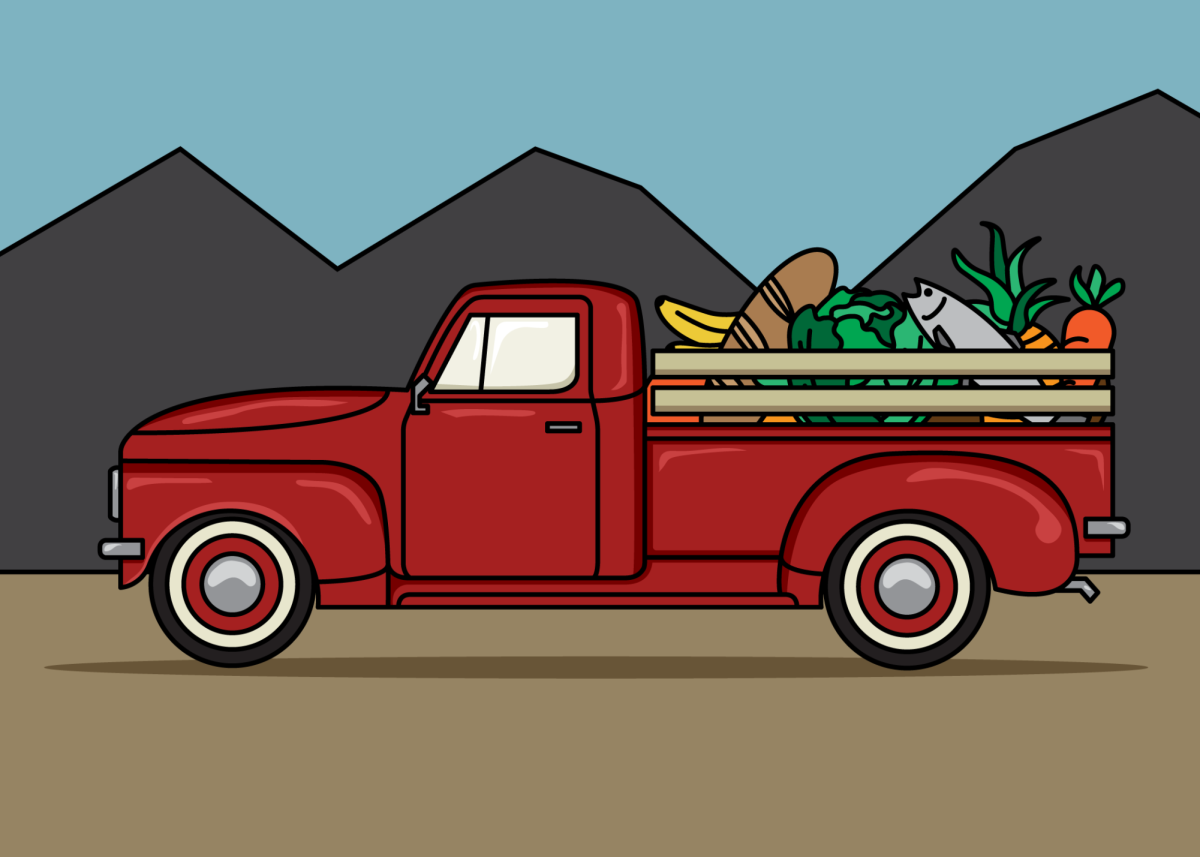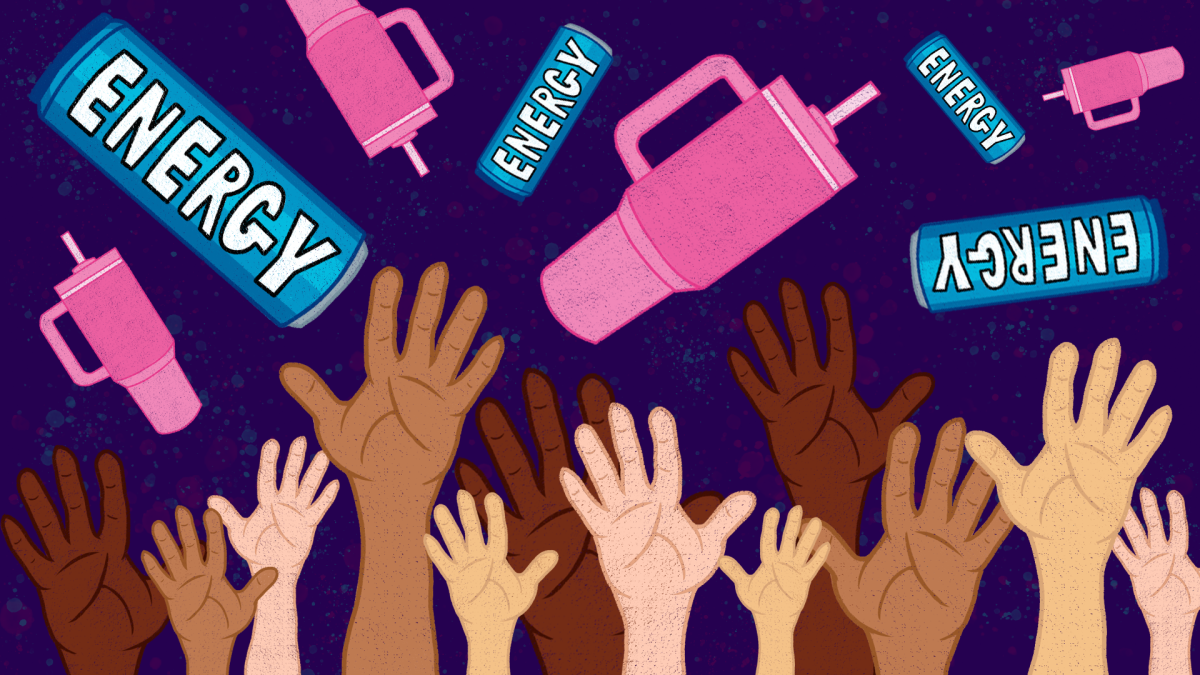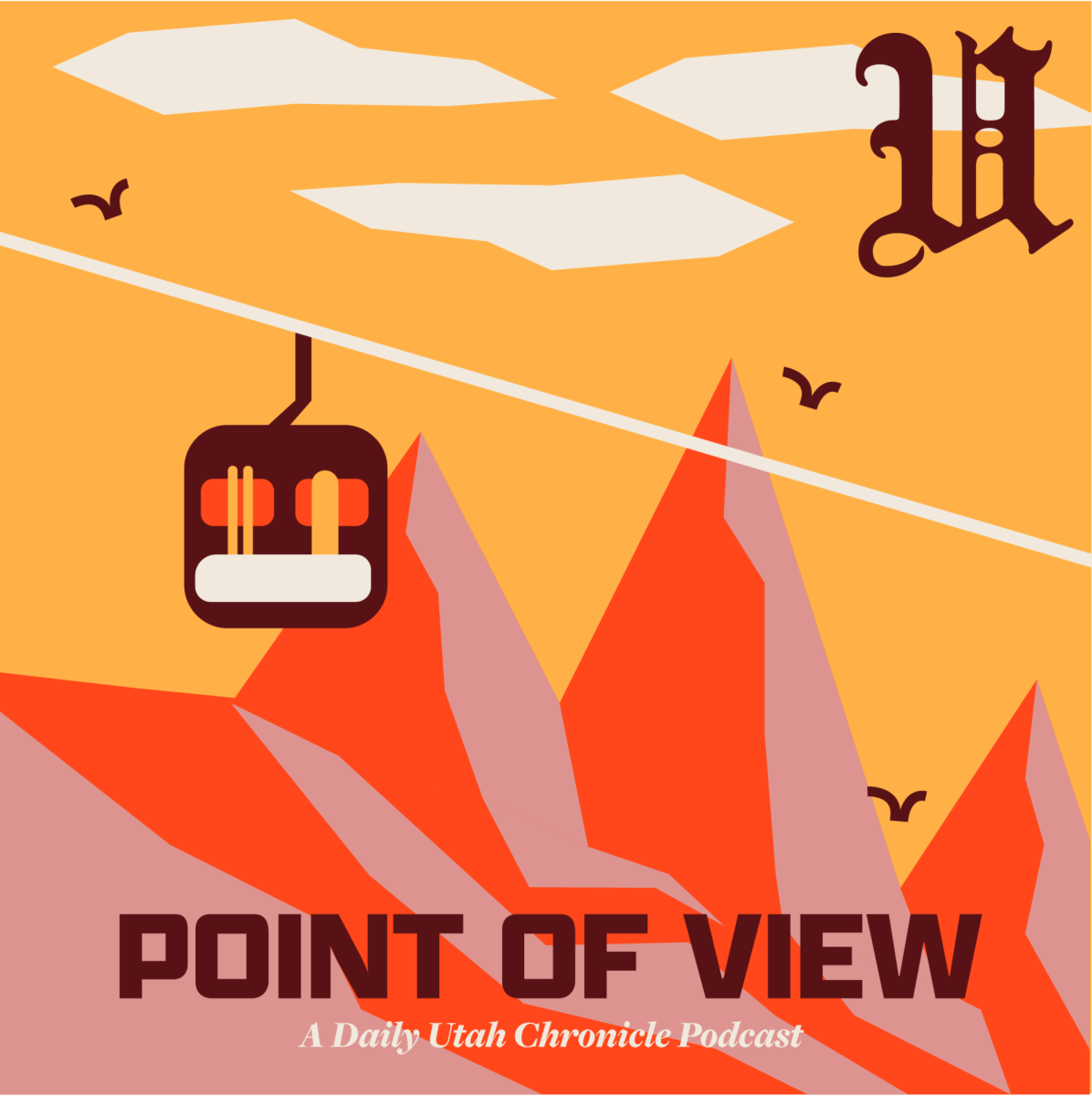Transcript:
Stevie Shaughnessey: Hi, and welcome back to Point of View, The Daily Utah Chronicle’s opinion podcast. My name is Stevie and I’ll be your host. Today. I’m here with Students of the Wasatch Representative Emily Pitsch to talk about the plan for a gondola to be built in Little Cottonwood Canyon, and where Students for the Wasatch stand on the issue. Hi, Emily, and welcome to the podcast.
Emily Pitsch: Hi, Stevie. Thanks for having me on.
Stevie Shaughnessey: So, could you give some background on the gondola and why there’s talk of it being installed in Little Cottonwood Canyon?
Emily Pitsch: Yeah, so many years ago, back in 2017, UDOT [Utah Department of Transportation] received some funding from the state legislature to improve access to different recreation areas within the state, and UDOT identified Little Cottonwood as one of the high priorities to improve access. So they allocated $66 million, which is quite a lot to study traffic and propose potential mitigation strategies, and so they had to follow this process called the NEPA process or National Environmental Policy Act, and under this process, they had to create this environmental impact study or EIS, and so they’ve been following this and kind of the first step in that process was to identify different solutions, and then there are various times where they included public input. And so back in 2021, they identified two different solutions, which they call their preferred alternatives. And one of those solutions was to widen the road from two to four lanes, and those two extra lanes would be for buses, and that received a lot of criticism because it would be hugely environmentally impactful and they would basically just be putting this huge highway through the canyon. And then of course, their other solution was the gondola, which would go from a piece of land near the mouth of little Cottonwood Canyon, all the way up to the ski resorts. And that quickly became the topic of conversation, and people were very upset about that. And the reason that I brought up the other solution, which was widening the road, is because it’s a common misconception that those are the only two options when in reality, the opposition to the gondola has never really supported the widening of the road. So, it’s kind of a false comparison that pro-gondola people have been using. And so last year, the UDOT finished their EIS process, and they announced the gondola as their final, what they call, the record of decision. And in this record of decision, they had a somewhat modified gondola proposal that would be implemented in three different phases. So the first phase, they initially expected to be completed by the winter of 2025, and that would include improving bus service, and that’s kind of the main point. They’d also have to build some parking for the bus stops and some small infrastructure. And then the second phase would be to install snow sheds, and to do other infrastructure not super significant for the point of the anti-gondola argument. And then of course, the final stage would be to install the gondola. So that’s kind of where we’re at now. They haven’t received funding, and it’s estimated to cost between $750 [728] million to $1.5 billion. So a huge price tag, and UDOT hasn’t received that funding, so they don’t exactly have the go-ahead from the state legislature to implement this. So, people do think it’s inevitable, but in reality, it’s not quite there yet, so there’s still potential to halt the gondola.
Stevie Shaughnessey: What are some of your concerns with the gondola?
Emily Pitsch: So, I am a rock climber and trail runner and skier, and I moved to Utah for the mountains and I love the mountains and appreciate their beauty, and one of my concerns is the, the visual impact that the gondola would have, and I know that’s not super significant. That really only affects the people who are visiting the canyon and who are not going to be riding the gondola. But, a lot of people are upset about that, just the fact that it would completely change the nature of the canyon. And, somewhat more significantly, more important, would be the impacts to the watershed because a significant portion of our water here in the Salt Lake Valley comes from the mountains, and we have to protect that we need to value it because obviously, water is just not super plentiful here in Utah and it’s becoming increasingly more worrisome based off of our snowpack. And the construction of the gondola would negatively impact the watershed and the public agencies that control our water, like Salt Lake Public Utilities and then the Metropolitan Water District of Sandy and Salt Lake. They have both expressed their concerns over the short and long term impacts of the gondola on water quality, and they were actually two of the entities pursuing a lawsuit against UDOT. They’re both in a single lawsuit. There’s currently three different ones. So, they have very strong concerns about the impact to the water. And sort of finally, one of the biggest concerns is the price tag because most of it would have to be funded by the taxpayers, and people, including the governor, have kind of hinted that private companies could also contribute financially, but in reality, Snowbird and Alta and other private companies don’t have the capacity to fund a $1.5 billion gondola — [it’s]not that profitable. So everybody in the state of Utah would be paying for this whether they’ve ever visited Little Cottonwood or they live in the area — just people in Moab and St. George and Logan would be paying for this piece of infrastructure that you know would be paid for by the public, but it would really only benefit private industry.
Stevie Shaughnessey: Where do Students for the Wasatch stand on the construction of the gondola?
Emily Pitsch: Students for the Wasatch is very opposed to construction. That’s kind of the reason that we formed the group is because myself and two other students were really concerned about the gondola and very upset about it, and so we wanted to do something about it and our group provides opportunities for students to take action against the gondola.
Stevie Shaughnessey: So we’ve touched a little bit on the concerns about the gondola, are there any benefits installing the gondola?
Emily Pitsch: For the general public, I would say there are not benefits to the gondola, but there are to some people and those people would be those who would profit off of the gondola. And that would be the private developers who own a portion of land near the gondola base station, and at one point they owned the piece of land where the gondola base station would be. That has since been sold to Snowbird, so Snowbird would also be a beneficiary of the gondola, as would Alta because the gondola would be the longest in the world and it would be this huge tourist attraction. So, I guess you could say a benefit would be the tourist attraction, but in my opinion, Little Cottonwood is already a tourist attraction so it seems kind of silly to have to build this 300-200 foot tall gondola to attract people to the canyon.
Stevie Shaughnessey: What would be the short term and long term impacts of the construction of the gondola?
Emily Pitsch: So the short term impacts would be pretty significant and that is the main focus that UDOT had in their environmental impact study. Of course, they would have to bring in big machinery like, I don’t know, cranes, bulldozers, concrete pours, helicopters and that would be hugely environmentally impactful. They would have to tear up trees, and they’d be knocking rocks everywhere and using explosives to blow up rocks and that would really impact the water quality, and in UDOT’s EIS, they stated that the construction impacts could potentially increase the sediment that would eventually make its way to the water treatment plant and that could negatively impact the treatment plants ability to purify the water, and so the water district wouldn’t be able to provide water from Little Cottonwood and that’s worrisome. I think in the short term, it would decrease access to the canyon just because they’d have to close part of the road and do all this construction. I’m not entirely sure. And then, the long term impacts would also be pretty significant because obviously there’s this hugely visibly impactful thing, which once again, isn’t like, necessarily the most important although it is what makes a lot of people upset. It would increase the development pressures because we’d basically be turning this forest service natural area into this area that we’ve established is not important to protect. So what is stopping us from developing the sides in the mountains with houses and expanding the ski resorts, and obviously that changes the character of the canyon. But, it also increases the pressure on the watershed just by having more people up there doing whatever they’re doing. So, I guess those are the main short and long term impacts, in my opinion.
Stevie Shaughnessey: Why should students at the U be paying attention and be concerned about this issue?
Emily Pitsch: So, students who recreate in the canyon should be concerned about it. They’re probably the minority of students, but I would say the two things that all students should care about is the watershed, which apparently I can’t stop talking about. Even here at the U, like our water comes from Little Cottonwood, not all of the water, but you know, the, the water that we’re drinking was melted off the mountains, and I think that’s pretty cool. But also, it’s pretty sensitive. So that would be a huge worry. And then, I think this, this issue, although it’s pretty niche and not a lot of people recreate in the canyon, it does send a bigger message to people who are involved in politics, and really just anybody in the state of Utah, because in my opinion, and in a lot of people’s opinions, the role of the government is to serve the people and I would like to believe that public agencies have the best interest of the people who they serve in mind — and that has proven not to be true in this scenario. I mentioned earlier that in this NEPA process that UDOT has been following, they have had various periods of public input and they’ve received so many comments. Like in their most recent comment period, they received like 13,000 comments, and those are published and Students for the Wasatch, along with another group, we counted every single one of the comments, which was quite a task, but we found that 89% of the comments were against the gondola and I think that’s pretty significant. Even though that doesn’t necessarily mean 13,000 different people commented, you know, you can submit multiple comments. It does kind of highlight where the public stands on it, because the people who really care are commenting and putting in quite a bit of effort. And then, also, a lot of, there’s so many different organizations —obviously Students for the Wasatch, I could name 10 others who are really outspoken against the gondola and have dedicated time and money to opposing it. And then there’s also different municipalities, such as Salt Lake County, Salt Lake City, the mayor of Sandy City, the mayor of Alta. A lot of these politicians have been outspoken against the gondola and they’ve said that the gondola is not in the best interest of their people, which is really great that these, like, local municipalities are representing the will of their people. I think that’s fantastic. But ultimately, the decision lies with the legislature and they have the opportunity to fund the gondola and take $1 billion or however much money of our taxpayer dollars and give it to UDOT to build this piece of infrastructure that is not in the best interest of the people and it’s not what the people want. So, I think if the legislature does fund it, it kind of sends a message to the people of Utah that they don’t really care what our opinion is and that I think is pretty problematic. Like, we would hope that they would want to represent us. But in reality, there are not that many people out there who are pro-gondola, and so if they choose to fund it, it’s like, why did we elect them? What are they even doing up there? And I think that’s another reason students should care.
Stevie Shaughnessey: Great. Well, thank you so much for all the information and for your insight. Do you have any final thoughts?
Emily Pitsch: I guess my final thoughts would be that there are opportunities to get involved and to oppose the gondola, and a lot of people feel pretty discouraged just because UDOT has consistently ignored public opinion and whatnot and it feels pretty helpless, but Students for the Wasatch has opportunities and events for people to get involved and express their opinion and learn more about the issue.
Stevie Shaughnessey: Great, well thank you so much for joining us today, Emily.
Emily Pitsch: Thank you, Stevie.
Stevie Shaughnessey: Thank you for listening to Point of View, The Daily Utah Chronicle’s opinion podcast. Stay tuned for new episodes coming each month.
Transcribed by https://otter.ai
Producer and Host: Stevie Shaughnessey — [email protected] // @steviechrony
Guest: Emily Pitsch — studentsforthewasatch.org
























